Animal models
Animal models are study objects chosen by researchers to address their scientific questions. The main animal models (the so-called model organisms) include the mouse, the rat, the zebrafish, the fruit fly Drosophila melanogaster, and the nematode worm Caenorhabditis elegans. These model organisms are characterized by an extreme amenability to scientific research, allowing, for example, the genetic modification of their genomes. While experiments can be carried out with relative ease with these model organisms, they are of only limited use when trying to understand the full spectrum of animal diversity. This is where “minor/non-classical” animal groups come in.


